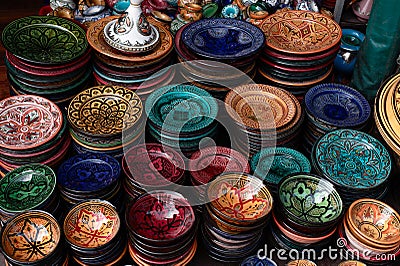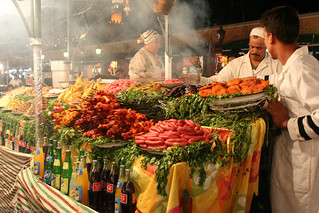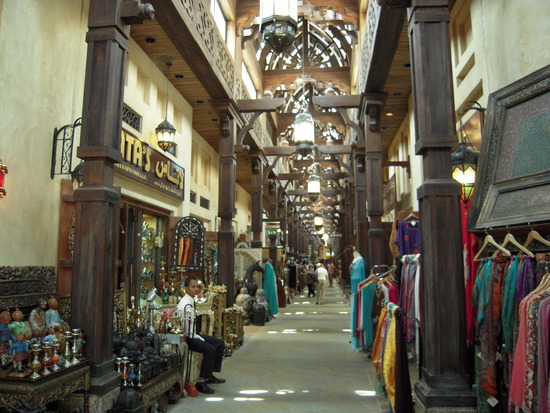 |
Moroccan Rugs |





SHOPPING MOROCCO'S SOUKS
Moroccan Rugs rank top among designer rugs; they are known for their bold colors but rich and strong in geometric motifs and structure. Moroccan Rugs are made by different indigenous tribes from various areas in Morocco. Each tribe is known for a specific distinctive style of weaves, colors, patterns and designs that express their day lives, culture, beliefs etc. Rugs weaving technique have been used for many years and passed down through families from generation to another...These days Moroccan Rugs have become so desirable among designers. The colors of Moroccan rugs range between rich, deep and vibrant colors to the very neutral and simple. The design and patterns also range between heavy and light; the texture of the weave ranges between flat and thick; amazingly conversation pieces; each rug is unique and each tells its own story. Moroccan carpets just blend in perfectly with Modern furnishing and interiors bringing a fanciful feel to any room. At Moroccan Mart; with a lot of passion and love we proudly represent the work of our artisans and carry a diverse selection of Moroccan carpets that are sourced directly from the weavers whether they are from the High Atlas, mid Atlas or any other parts of Morocco.




Shopping in Morocco is a unique experience. No visit to Morocco would be complete without visiting a souk.

The skill at which a shopkeeper can get you to not only pay several times what he would charge another Moroccan, but to get you to buy something you don't even want is amazing. All you have to do is show the slightest interest in something and the game begins. Ask the price and you've bought it already as far as the shopkeeper is concerned! They'll start at ten times a fair price if they think you'll pay it. They have nothing to lose except some time, which you will notice they never run short in supply in Morocco. REQUIRES PATIENCE!! Stick to what you feel is a fair price. Once you reach your top price keep repeating it, over and over. They'll counter with "what is your best price" over and over again too. Eventually they'll get the point. I think I've mastered that skills by now. I have brought back so many Moroccan goods to the U.S. and am so happy when I see the same goods at a store here for 10 times the price.
Then I know my bargaining power paid off.
morocco culture,moroccan food,morocco food,moroccan cuisine,morocco beaches,moroccan meal,beaches in morocco,moroccan culture,hercules cave,hercules cave morocco













 : Fes's jet-setting sister is riding a massive tidal wave of popularity at the moment, largely thanks to a sharp rise in international airline routes flying directly from Europe. And who wouldn't want to come here? This city's ancient medina has got it all: shops and souks specializing in most of the country's renowned crafts; a central square, Jemaa el Fna, where the most fascinating spectacle takes place daily; and a plethora of accommodations and restaurants ranging from traditional and conservative to ultrachic and sexy.
: Fes's jet-setting sister is riding a massive tidal wave of popularity at the moment, largely thanks to a sharp rise in international airline routes flying directly from Europe. And who wouldn't want to come here? This city's ancient medina has got it all: shops and souks specializing in most of the country's renowned crafts; a central square, Jemaa el Fna, where the most fascinating spectacle takes place daily; and a plethora of accommodations and restaurants ranging from traditional and conservative to ultrachic and sexy.